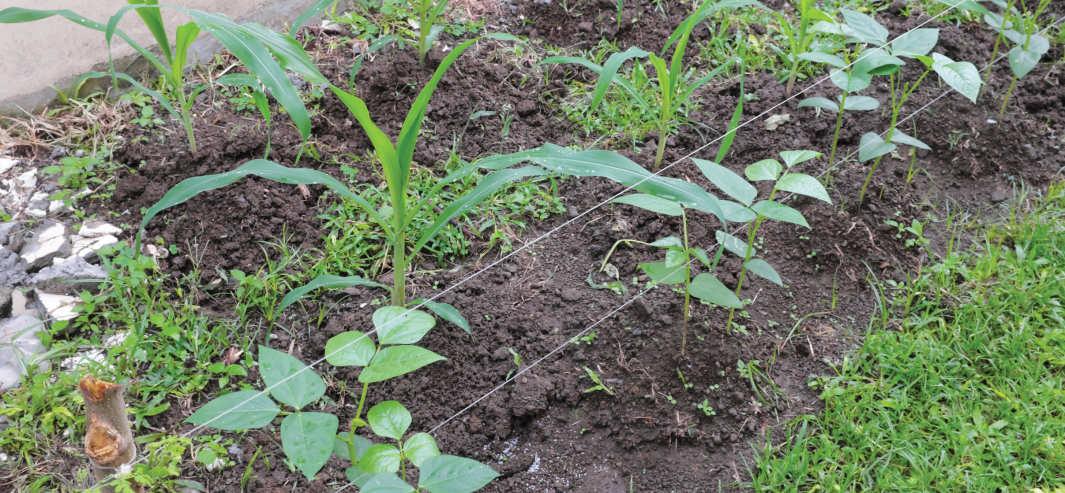
1 minute read
Boosting climate resilience and nutrition with forgotten food crops
ARECENT STUDY PUBLISHED in January has shown that forgotten food crops could have the ability to support more climate-resilient and healthful food systems in sub-Saharan Africa (SSA).
Recent decades have seen a massive change in land use, as well as a gradual inclination towards western food, both of which have resulted in numerous traditional African plants being neglected by mainstream cropping systems.
Climate change predictions
The modelling of still-suitable and novel climates at the production locations of major staples’ in 2070 revealed the highest decline in West Africa, followed by Central Africa, with the lowest decline observed in Southern and East African regions.
Novel climate conditions were also particularly evident for maize and yams in the two highly affected subregions of West and Central Africa, suggesting that these two staples need to be diversified and replaced as a priority.
Proportionally, cassava and rice were found to be less affected across emission scenarios and subregions, with mean losses of the production locations with still-suitable climate being less than 4% and 8%, respectively.
Diversification and replacement of major staples
A method known as climate-niche modelling was used to explore the potential of forgotten food crops for crop diversification or the replacement of SSA's major staples by 2070. The study has identified East and Southern Africa as the sub-regions with the highest potential to benefit from a total of around 138 forgotten food crops used to diversify or replace four major staples namely maize, rice, cassava and yam, in 2070.
Moreover, a subset of 58 prioritised crops comprising a large numbers of fruits and leafy vegetables rich in vitamin A and C, iron, folate and zinc were found to have the highest coverage for still-suitable and future climates at production locations of major staples. In addition to these, cereals and pulses were also included in the final list of prioritised food crops. Being rich in calories, proteins and micronutrients, cereals and pulses were considered to be good choices for crop diversification or replacement.
Therefore, appropriately combining forgotten food crops from different food groups for diversification or replacement of cropping systems of major staples will increase micronutrient concentrations in food production that otherwise remain low in the production of major staples, while providing alternatives for macronutrients too.
Moreover, since current policies do not pay sufficient attention to forgotten food crops, major partnership initiatives such as the Africa Breeding Consortium and the African Orphan Crop Consortium have been established to help address delivery constraints. In addition, improvements in biodiversity-related policies that provide crop variety exchange, genetic resources’ accessand-benefit sharing, and crop commercialisation would also be needed, both in sub-Saharan Africa and at a global level, in order to further scale the supply of suitable varieties of forgotten food crops. h










